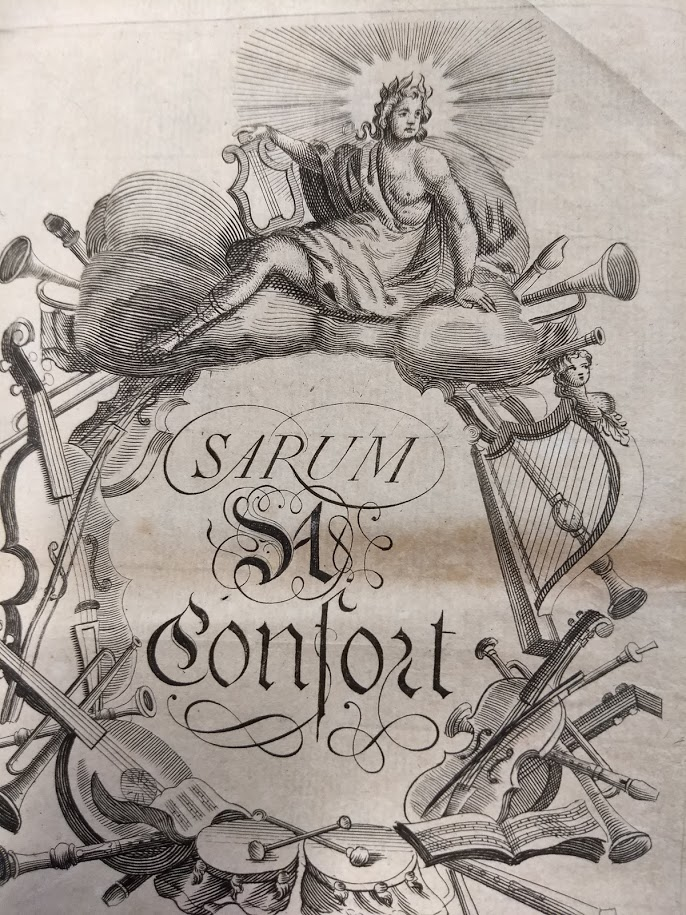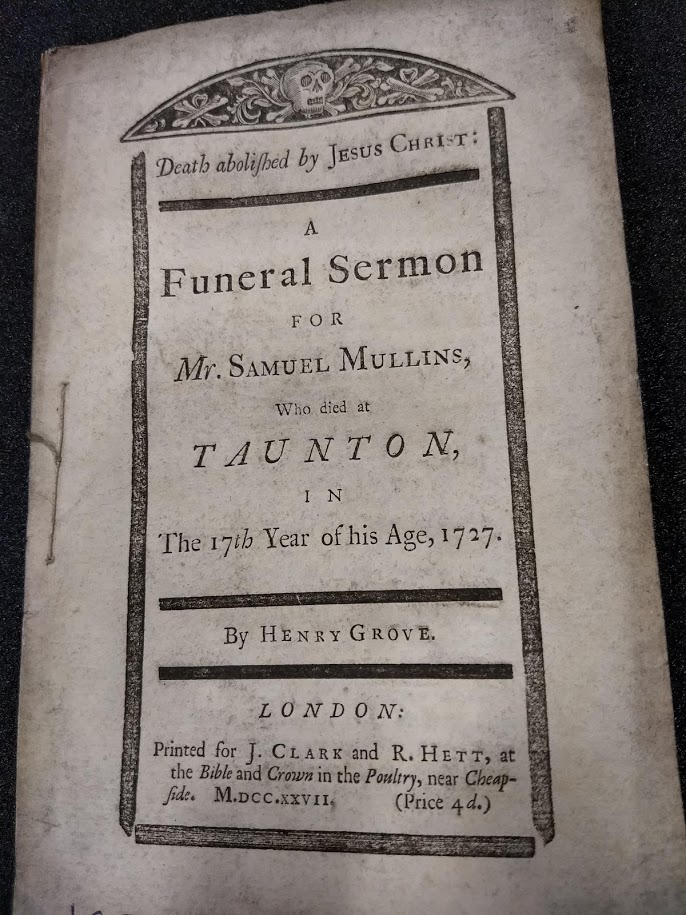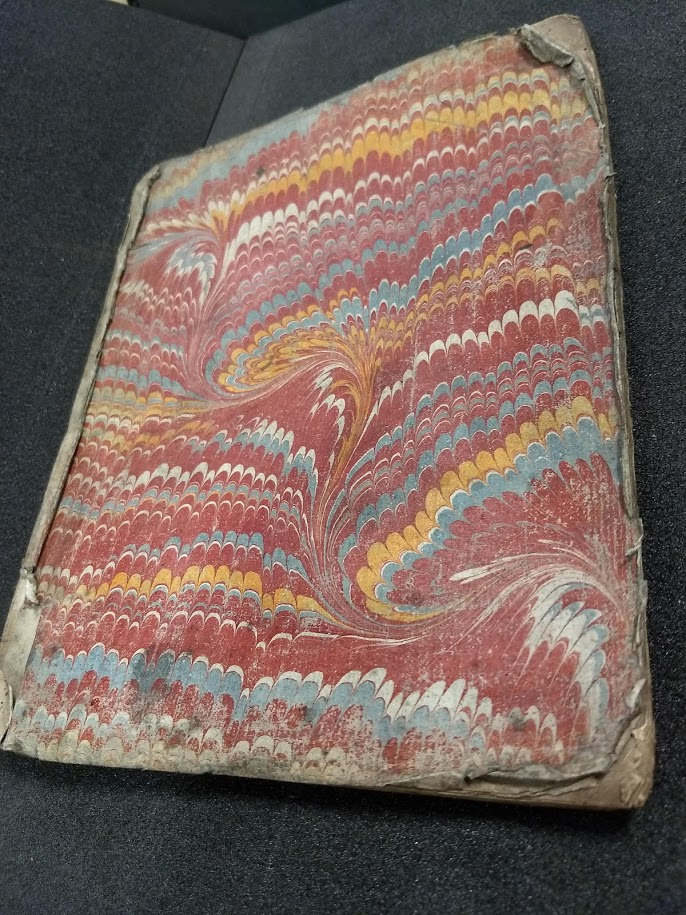This post was written by 2nd year History student Aneurin Evans, reflecting on his work on the Lancelyn Green pamphlets for the HIST200 module.
As an undergraduate history student at the University of Liverpool, I was given the opportunity to work in the Special Collections and Archives of the University library. This was through my module History in Practice which was focused on practical applications of a history degree in employment. I worked on a collection of pamphlets donated by Roger Lancelyn-Green (1918-1987) of the prominent Wirral and Cheshire based family. The pamphlets were mostly collected by Thomas Green (d.1747), and as such most were printed in the years surrounding his lifetime between 1680 and 1740, though there are some outliers as early as the 1620s and as late as the mid 1800s. In total I went through around one thousand pamphlets, sorting them by size while noting their other physical characteristics such as inscriptions, damage, stitching and binding.
The pamphlets are almost universally of a religious nature: printed sermons, essays and back and forth arguments on theology. They sometimes comment on political events such as the English Civil War, the Glorious Revolution, through a religious perspective, and there is general discussion of liberties and the rights of men. However, most comment on more down to earth issues such as day-to-day morals and religious practice, offering insight into the cultural and religious life of the time. It must be noted that the writings come from a very specific and homogenous section of society and contribute mostly top-down perspectives. However, they certainly are still useful sources. The prominence of the authors positions and the sheer number of them make this collection really valuable, especially for anyone studying the history of religion, politics or the printing and consumption of writings in this period. The focus of the pamphlets is an advantage in this sense as it can provide a historian with deep and specific detail. As part of my cataloguing I noted how many copies of each pamphlet were available at other British universities and institutions, using the ESTC (English Short-Title Catalogue) database. A considerable number of pamphlets in the Lancelyn Green collection were one of five or fewer , and in some cases the only copy.
Much of the value of this collection lies in the attributes I was recording such as the size, format, stitching and binding. The collection is particularly useful for historians wanting to research these material aspects of written sources as the pamphlets have almost all been kept unbound as they were originally issued. The intact and well preserved nature of the collection gives an insight into the way that pamphlets were collected and read, as well as a good idea of the kind of literature a man like Thomas Green would have had access to and been reading. The pamphlets were more visually interesting and varied than one might expect. Though most were of a simple black and white design with only text, many others had printed ornaments or other illustrations on the cover pages that I am sure would be of interest to researchers but also serves to make browsing the collection more engaging. One element of design that stood out to me were the numerous multi-coloured and marbled covers on pamphlets throughout the collection, something I did not expect of widely circulated publications from the period.
Personally the work gave me an opportunity to experience a level of history I had not experienced before. By that I not only mean direct contact with physical primary sources but also the more practical side of research and preservation. Up to this point I had been more focused on secondary sources or reprinted primary sources. I knew relatively little about how high-level academic historical works were researched, compared to my undergraduate essays, and the ways in which primary sources are located and used by historians. In conclusion I would recommend that anyone interested in relevant historical research consults the Lancelyn Green pamphlet collection.

LGP pamphlet with printed ornament 
LGP 565 
LGP pamphlet with marbled paper covers
References:
Digitized copies of the texts (mostly from copies in other libraries) of the Lancelyn Green pamphlets can be consulted online (with institutional login) in the following databases:
- EEBO Early English Books Online
- ECCO Eighteenth Century Collections Online
- Roger Lancelyn Green, the donor of the collection, wrote about the pamphlets as they were originally kept in the Library at the family home on the Wirral in: Poulton Lancelyn. The Story of an Ancestral Home (Oxford, 1948)